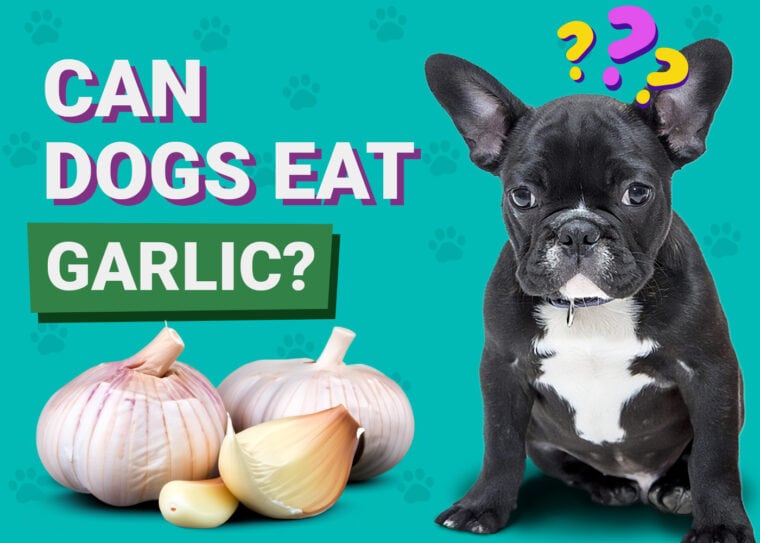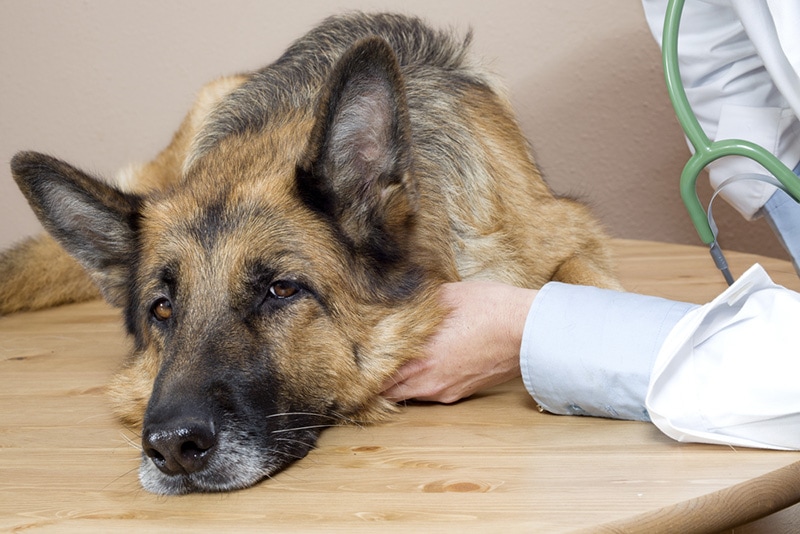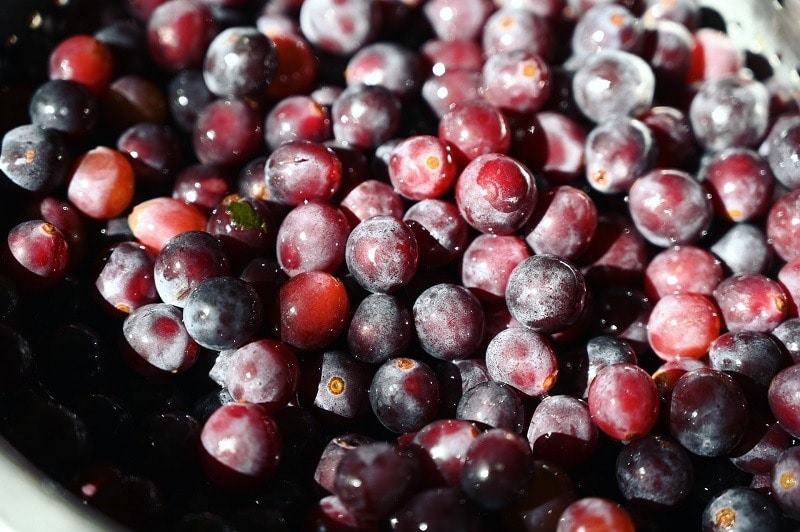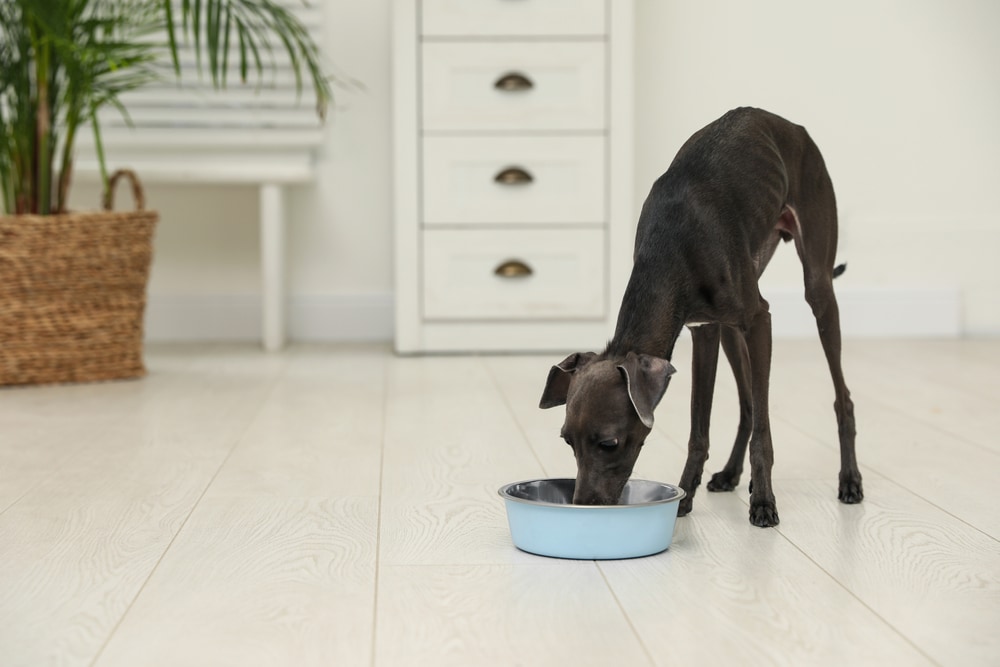
Dogs seem to love everything that comes across our plates, even if they don’t know that it’s really toxic to them. One example is garlic, which is toxic to dogs and can kill them if they eat enough of it. This toxicity is because of a compound called thiosulfate in garlic and other members of the Allium family, including onion and chives. We can process thiosulfate fine, but in dogs, it damages their red blood cells and poses a fatal threat. All forms of garlic and onion are dangerous, including garlic salt and onion powder. In fact, smaller amounts of these can cause the same signs as eating a half or whole garlic clove.
Signs of Garlic Poisoning in Dogs
If you suspect your dog has consumed a dangerous amount of garlic or onion, you should take them to a nearby vet or emergency animal hospital ASAP. They’ll be able to assess how serious the poisoning was, treat it, and advise you on the next steps. For more information on garlic, toxic foods for your dog, and essential dietary tips, read on.

Can Dogs Eat Garlic Bread?
Garlic bread might seem like a harmless table scrap snack for your pooch every once in a while, and the truth is that it probably wouldn’t hurt them if they stole a bite from your plate by accident. However, garlic bread is typically loaded with ingredients that are unhealthy for your dog. Sodium, cheese, oil, and other seasonings in garlic bread can cause stomach upset and diarrhea if it’s consumed regularly.
Although it can be tempting, we strongly recommend not feeding your dog garlic- or onion-flavored foods like garlic bread. It’s simply not worth the risk of your dog getting severely ill.
Are Garlic Supplements Safe?
It may be confusing to hear that garlic is toxic to dogs if you’ve come across garlic supplements. These dubious supplements claim to support your dog’s health with tiny, healthy doses of garlic, and some even claim to repel fleas with garlic’s distinctive odor. The truth is that there’s nothing to support these supplements’ claims. According to this study from 2018, at best, garlic extract supplements don’t have any adverse effects in moderation over time and might have some pretty minimal gene therapy benefits. In our opinion, it’s a lot of risk for very little reward.
What Other Foods Are Toxic to Dogs?
Dogs will gladly scarf down just about anything, so that makes it critical that you familiarize yourself with the stuff to keep away from your pup. Other than garlic and onion, a lot of the stuff we eat on a daily basis might be unhealthy or even downright deadly to your dog.
Foods That Are Toxic for Dogs:

Valuable Dietary Tips for Your Dog
A dog’s portions are determined by their size and activity level, with “maintenance” being the standard base level of a moderately active dog. Their diet should be a balanced mix of protein, carbs, and fruits/veggies, but homing in on the right diet isn’t always straightforward. To demystify that a little, let’s check out some key dog diet tips you can make use of today to keep your dog in the healthiest condition possible.
Key Dog Dietary Tips:

Conclusion
Garlic, onion, and chives are all toxic to dogs because the compound thiosulfate damages their blood cells and causes other unpleasant symptoms. We recommend keeping garlic and anything that contains it away from your dog to help prevent them from eating a dangerous amount of the stuff and becoming ill.
Featured Image Credit: gresei, Shutterstock







